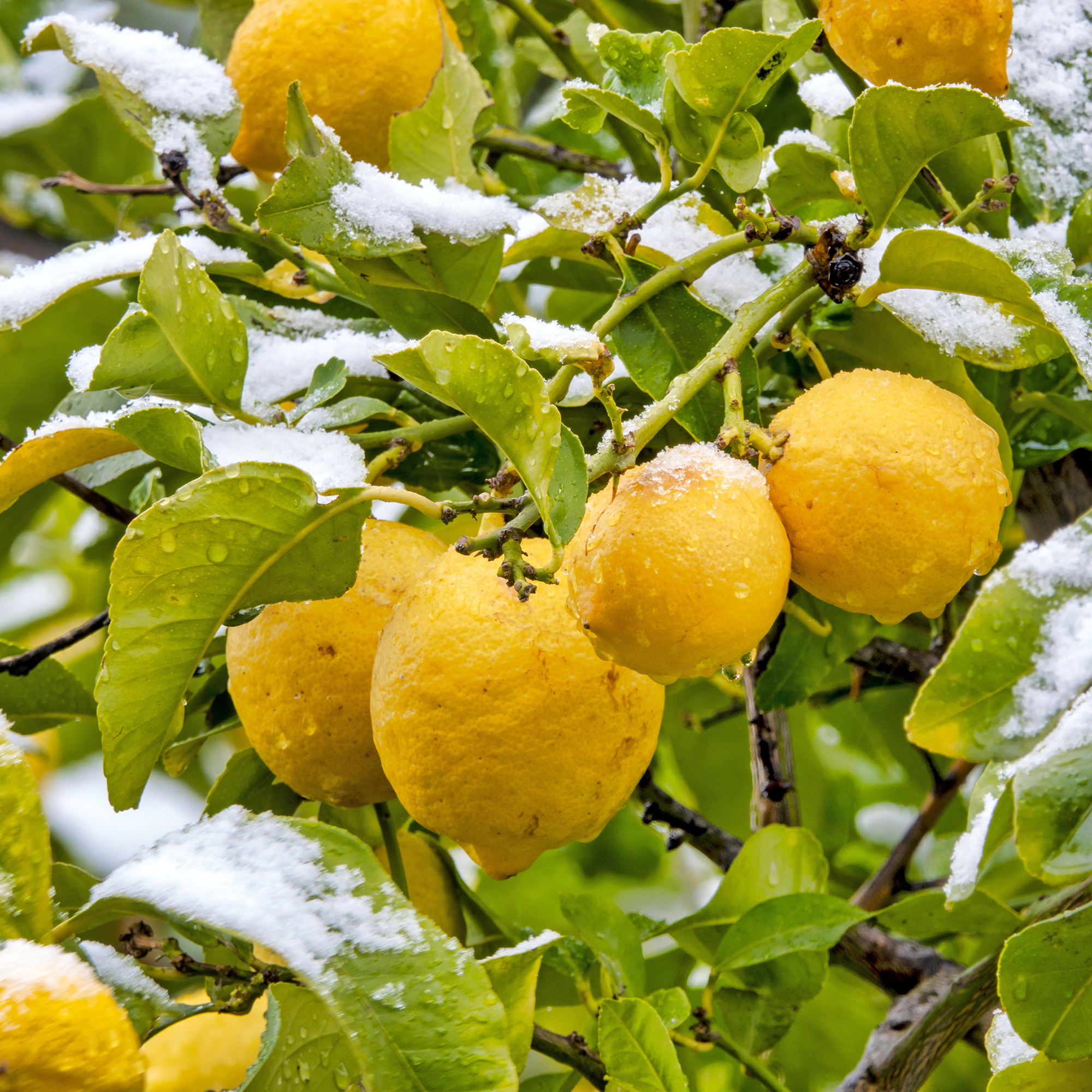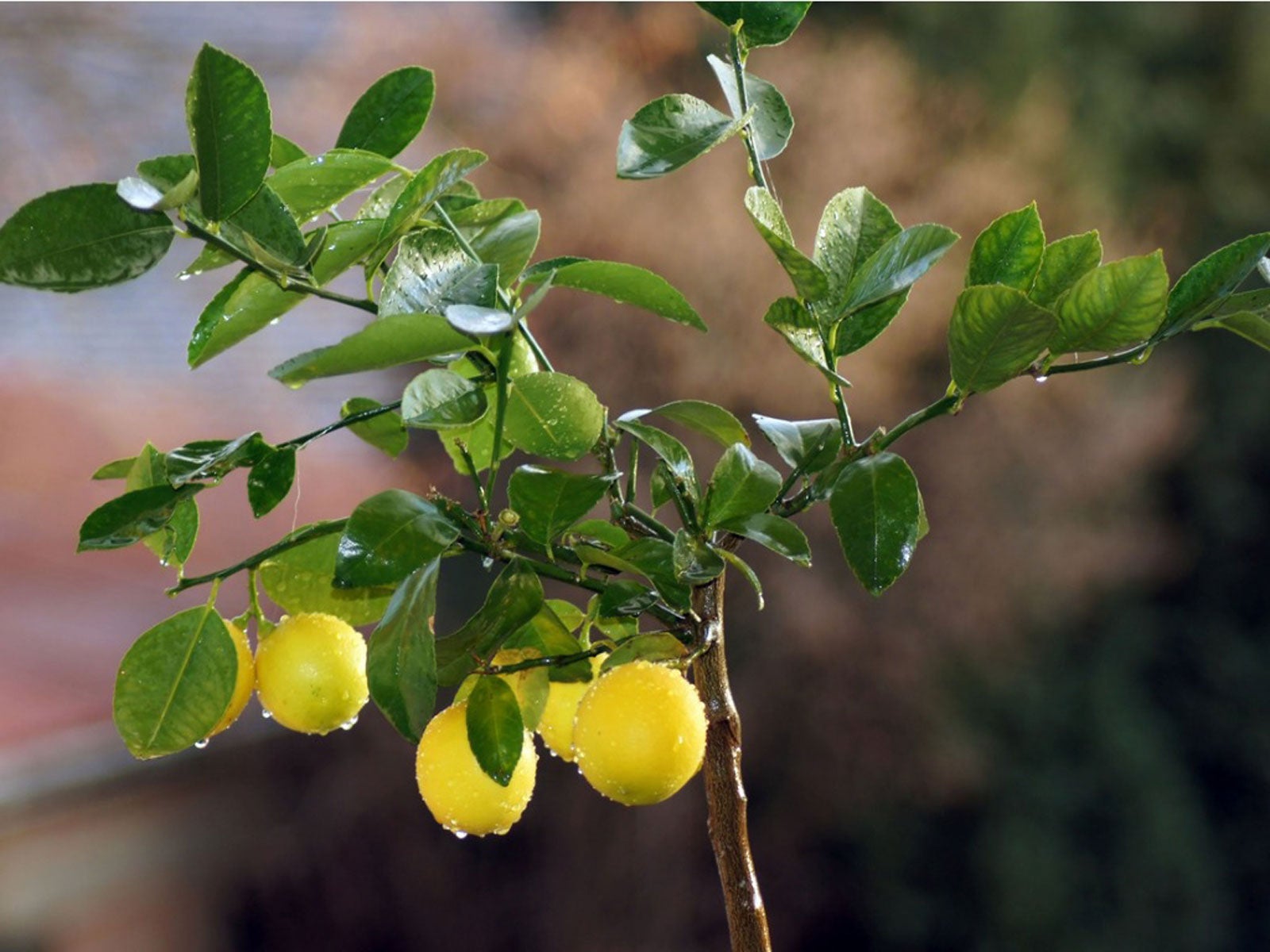Citrus Trees
Citrus tree growing can be a great way to enjoy some of your favorite citrus treats. But what happens when problems arise while caring for citrus plants? Let us put these worries to bed by providing citrus tree information that can help identify and treat common citrus problems like pests and disease. Learning how to properly care for your citrus helps alleviate most issues.
-
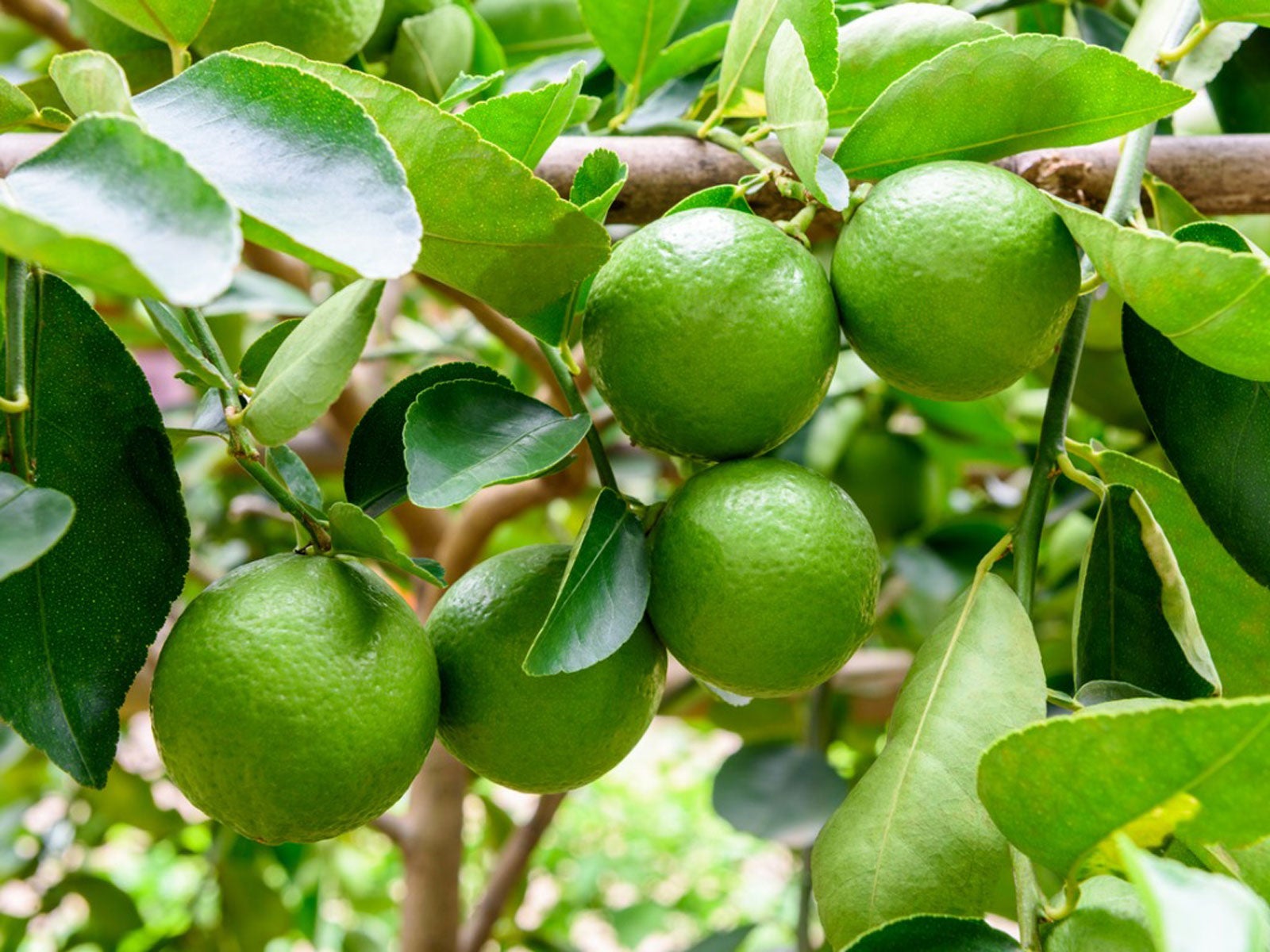
Lime Tree Care: Ultimate Growing Guide & Expert Tips
Lime plants are a smaller version of the familiar lime citrus tree but they don't need a tropical climate to produce delicious fruit.
By Heather Rhoades
-
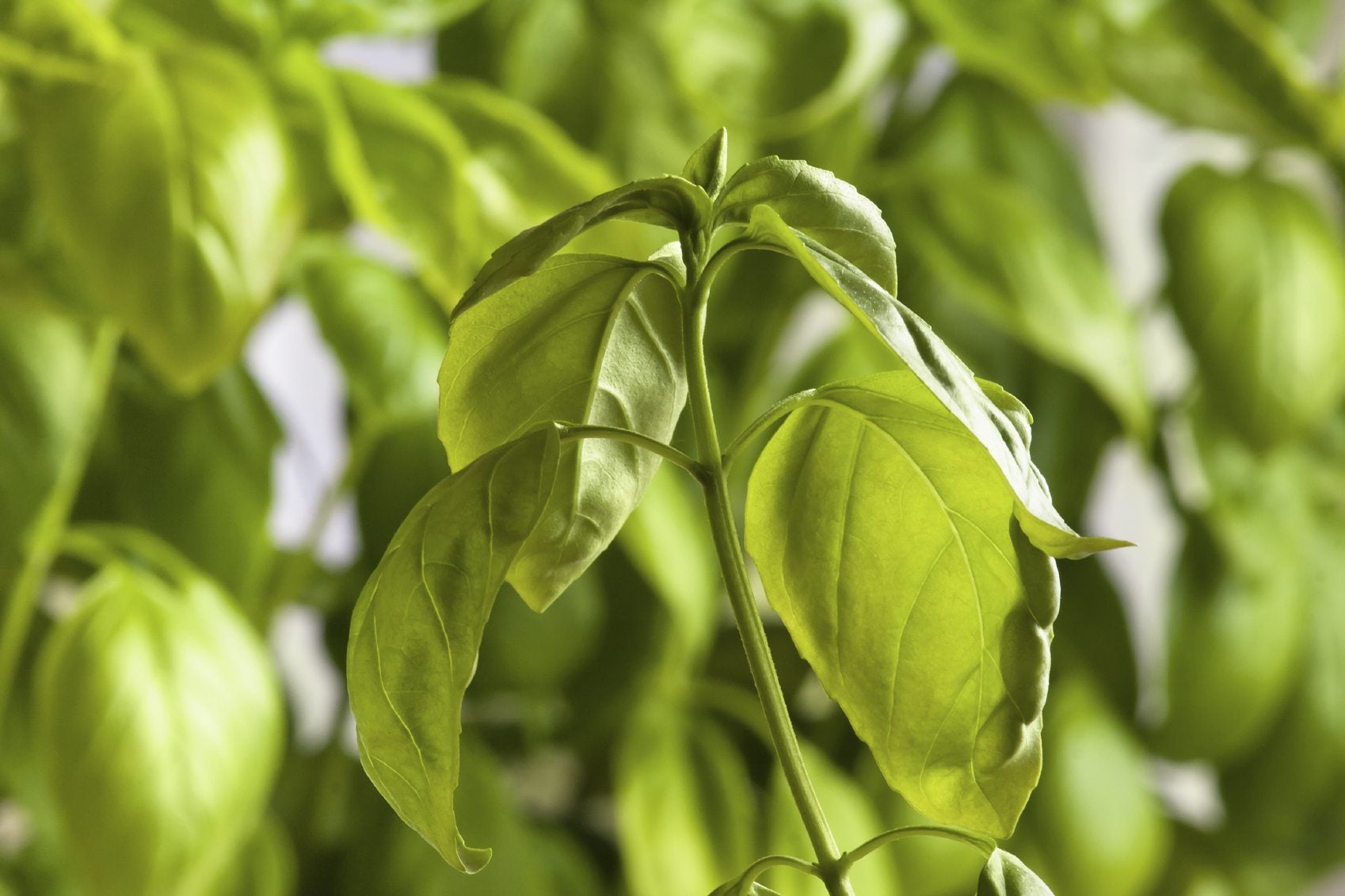
Citrus Leaves Curling: Common Causes & How To Fix Them
A citrus tree tends to be low-fuss, but citrus leaf curl can indicate either a pest presence or something you can change, like the amount of water you're using or how well the soil drains.
By Kristi Waterworth
-
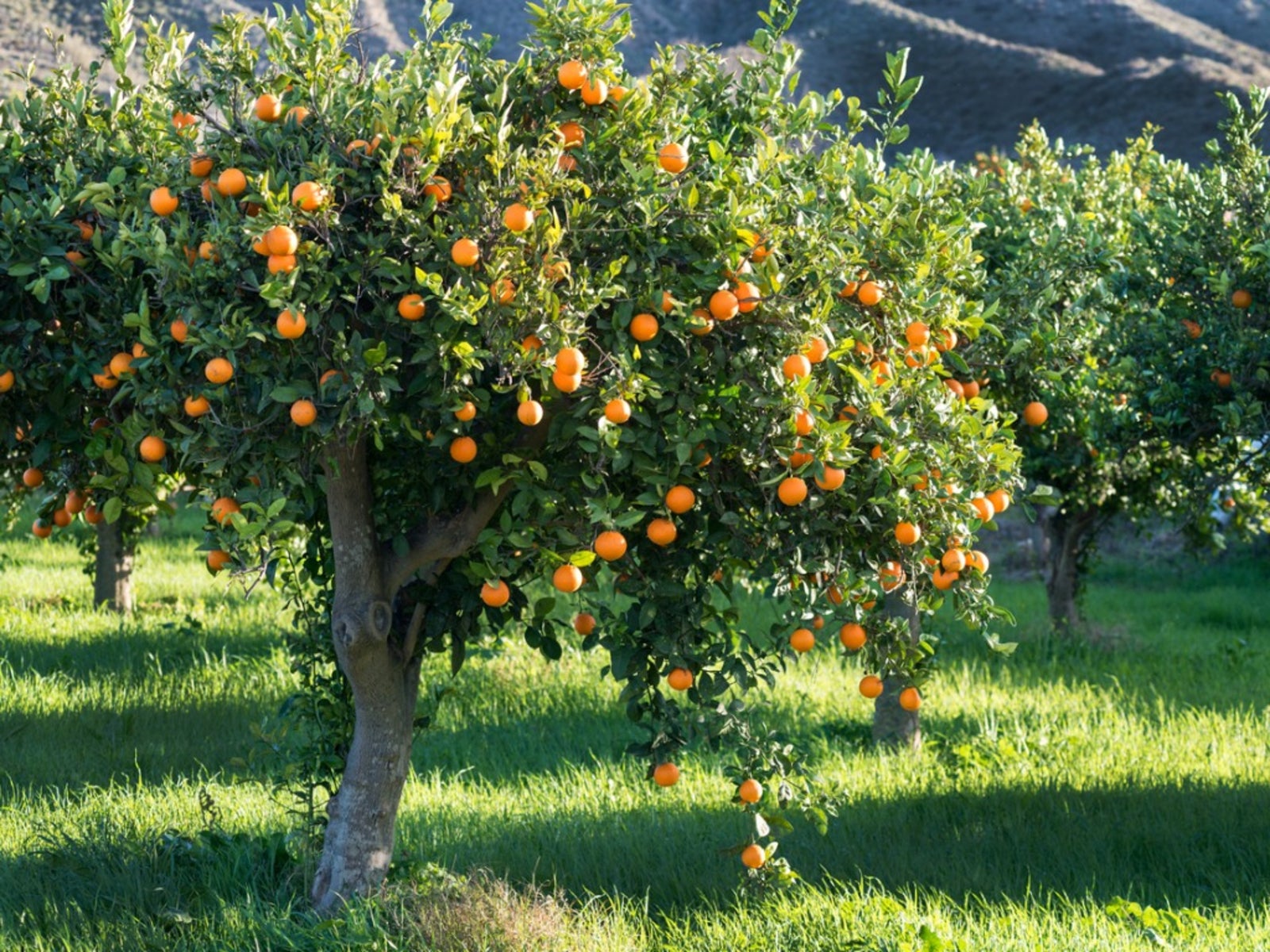
Fertilizing Citrus Trees - Best Practices For Citrus Fertilizing
Your fruit trees are heavy feeders. They appreciate the proper types and amounts of citrus fertilizer for optimal health.
By Heather Rhoades
-
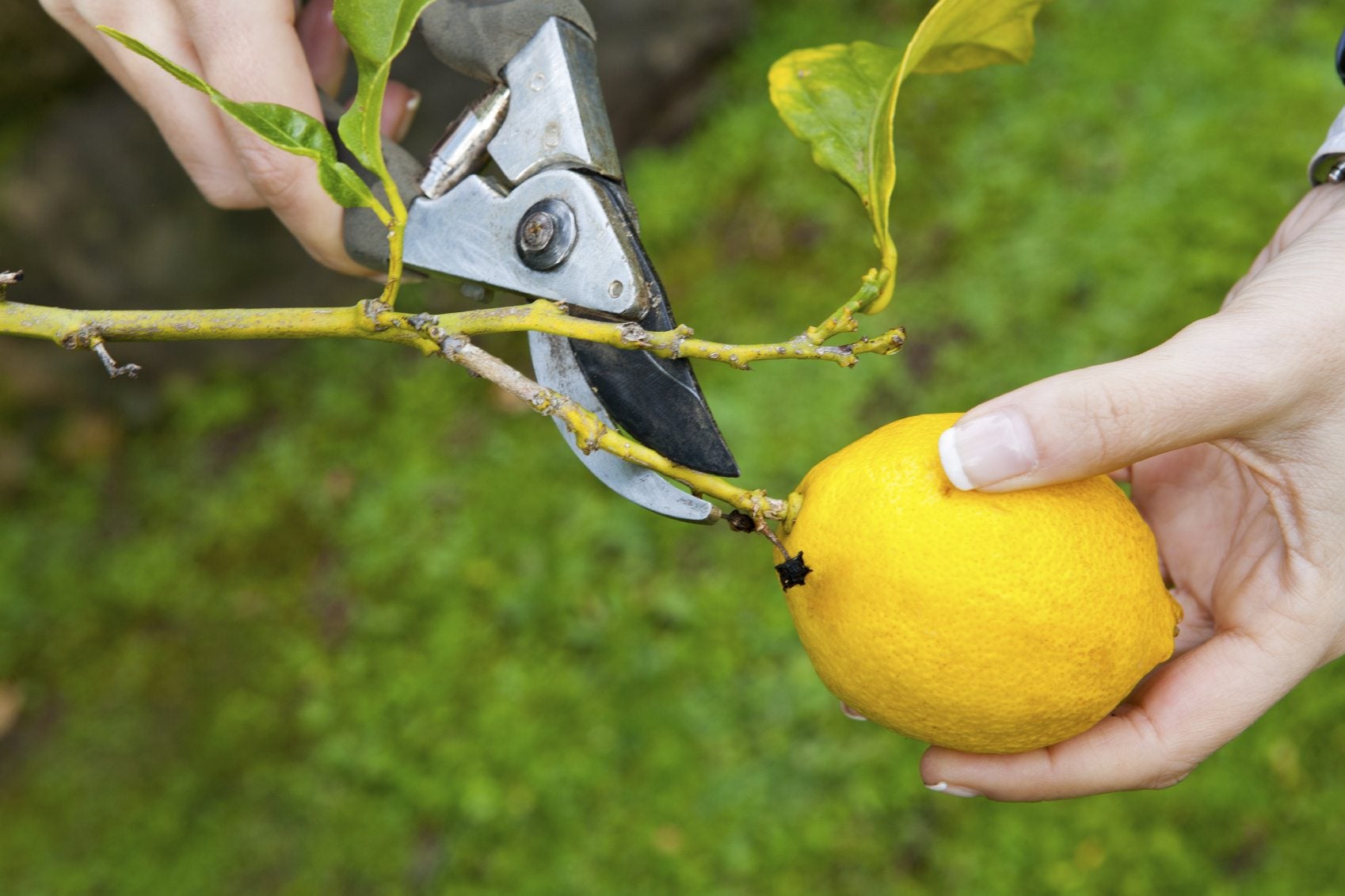
How To Prune A Lemon Tree The Right Way, According To Pros
Learn how to prune a lemon tree and when to do it. It might surprise you to know that a lemon tree needs very little pruning besides maintenance.
By Amy Grant
-
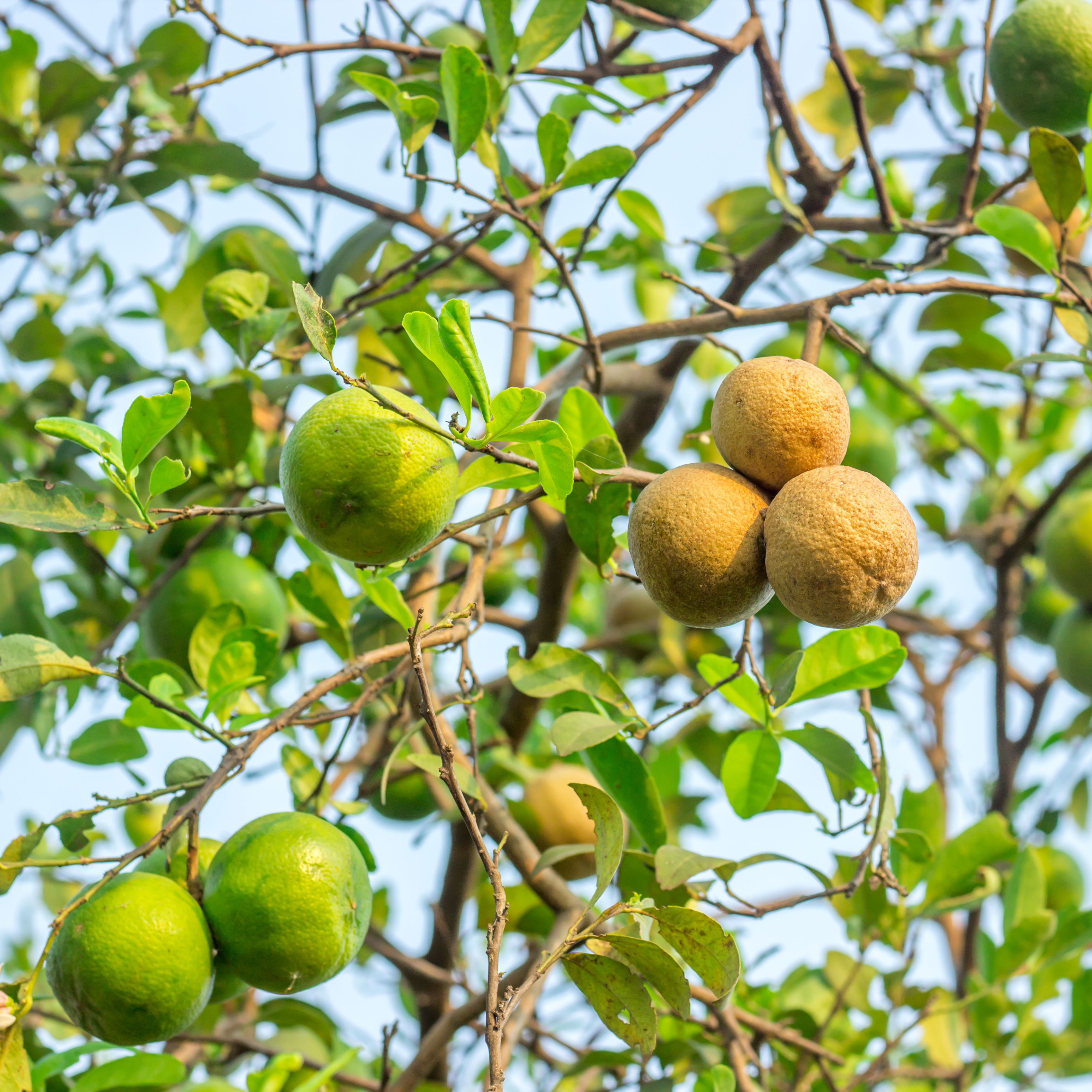
Lemon Tree Problems? Five Common Lemon Tree Diseases To Avoid
Growing citrus trees like lemons can be a delightful way to cultivate years of homegrown fruits – if you protect against key lemon tree diseases. We reveal the key problems to avoid
By Teo Spengler
-
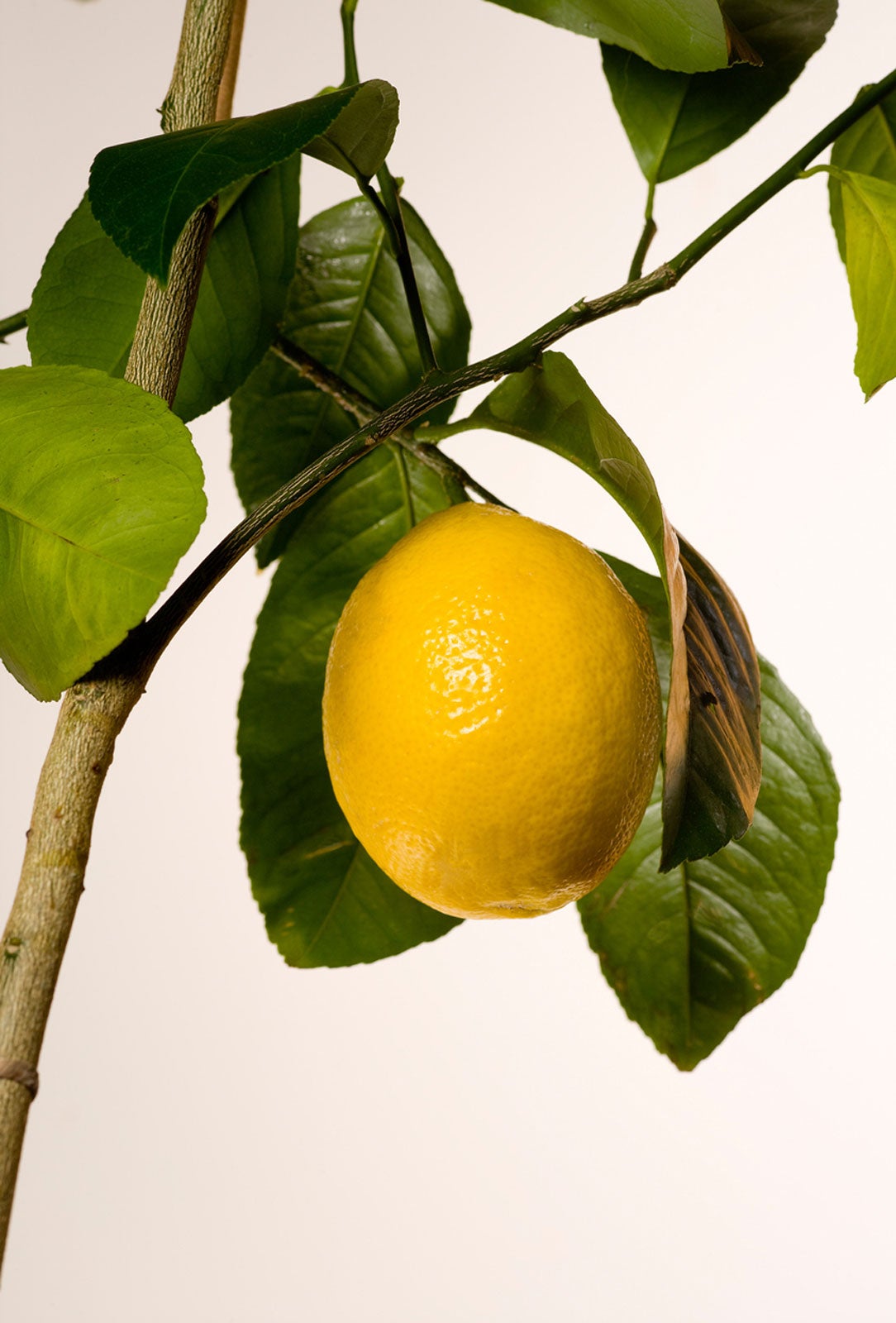
Meyer Lemon Tree: Complete Care And Growing Guide
Growing a Meyer lemon tree can be a heady experience for a gardener. It’s a pleasure to pluck a beautiful tart lemon from a tree that you’ve grown and nurtured in the garden or a container.
By Teo Spengler
-
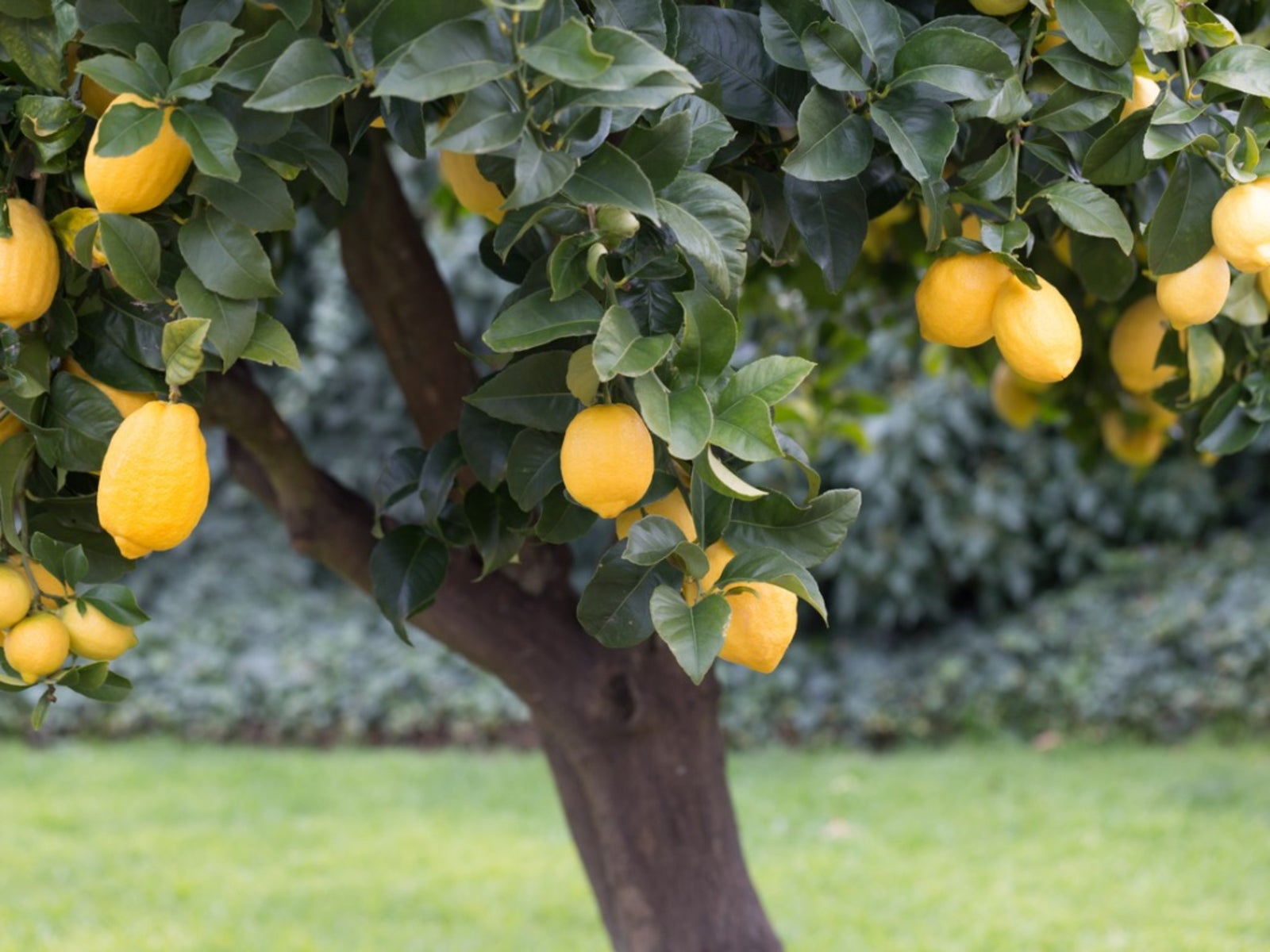
Lemon Tree Care: How To Grow A Lemon Tree
Once you know how to grow a lemon tree you’ll never want to be without one. In the home garden or in a pot, lemon trees are one of life’s delights.
By Nikki Tilley
-
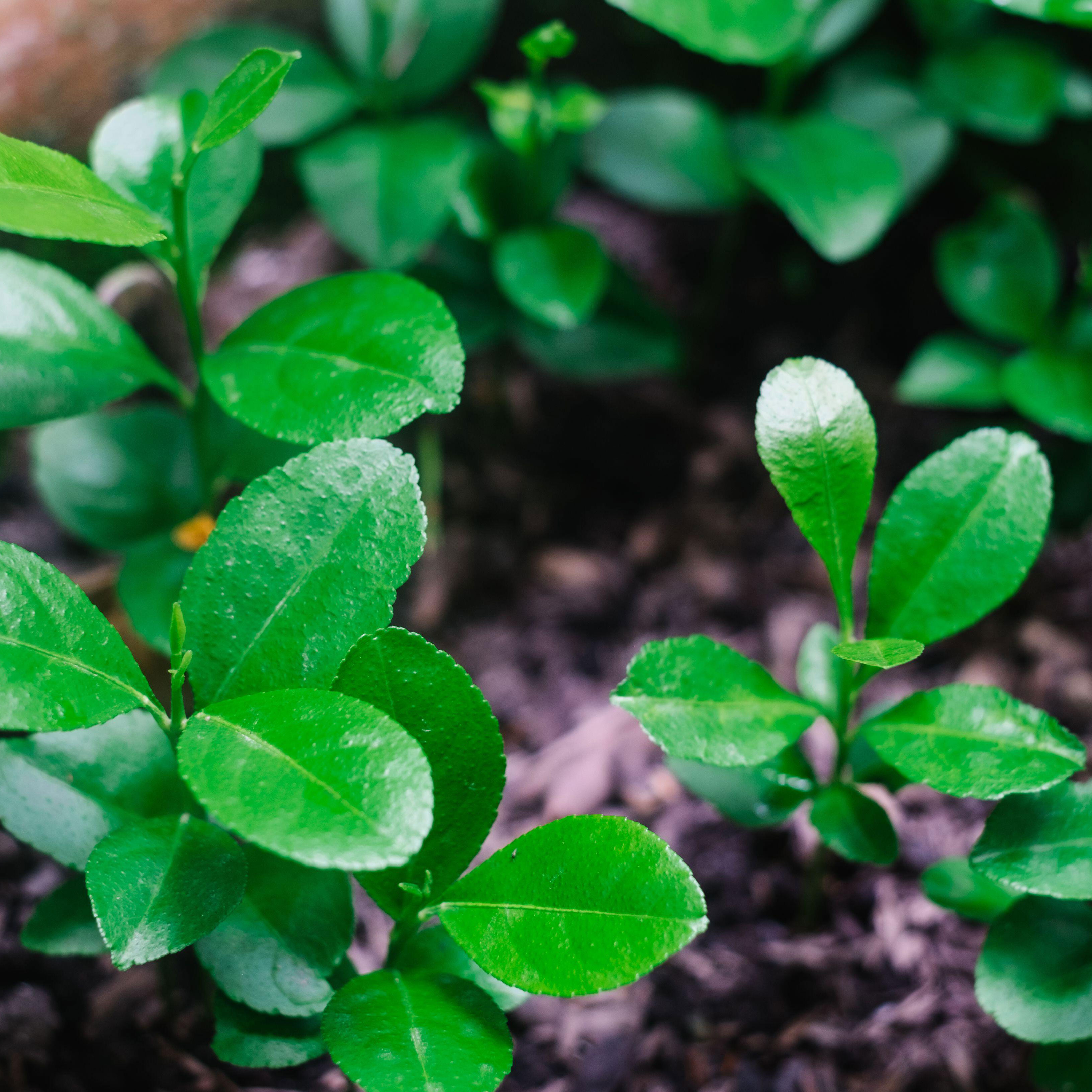
Make More Lemons: How To Grow A Lemon Seed Into A Tree
Keen to extend your citrus season but just as keen to save some cash? We show you how to grow a lemon seed into brand-new fruiting trees for future harvests
By Amy Grant
-
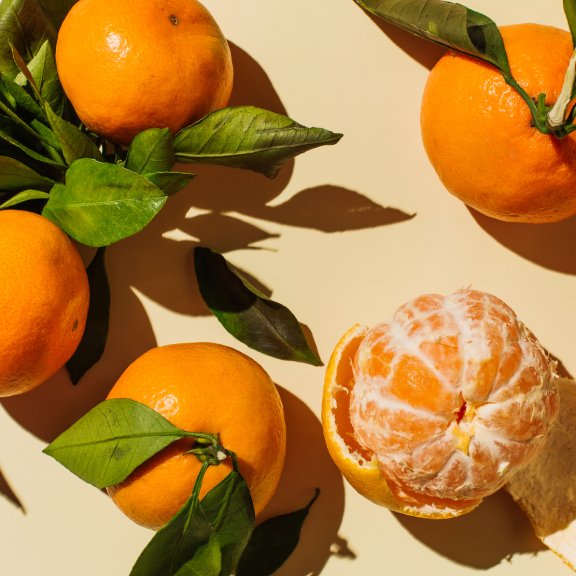
Clementine Trees: Complete Care And Growing Guide
A clementine citrus tree that bears juicy little oranges is one of the sweeter things in life, and fairly easy to grow.
By Amy Grant
-
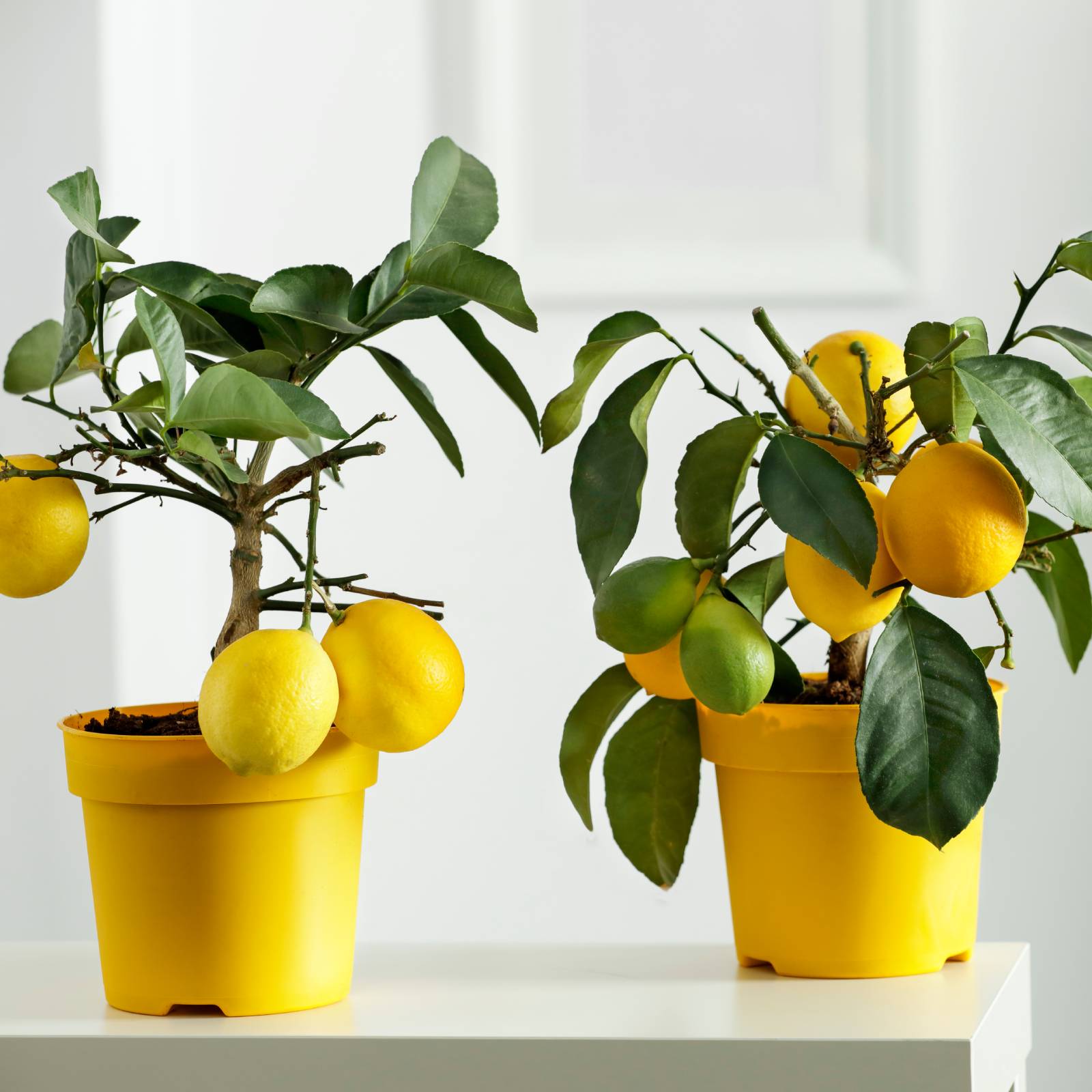
How To Grow An Indoor Lemon Tree – For Fresh Flavor Absolutely Anywhere
If your growing region is a cold one, grow an indoor lemon tree. It may not bear fruit, but it can still be a lovely indoor houseplant.
By Teo Spengler
-
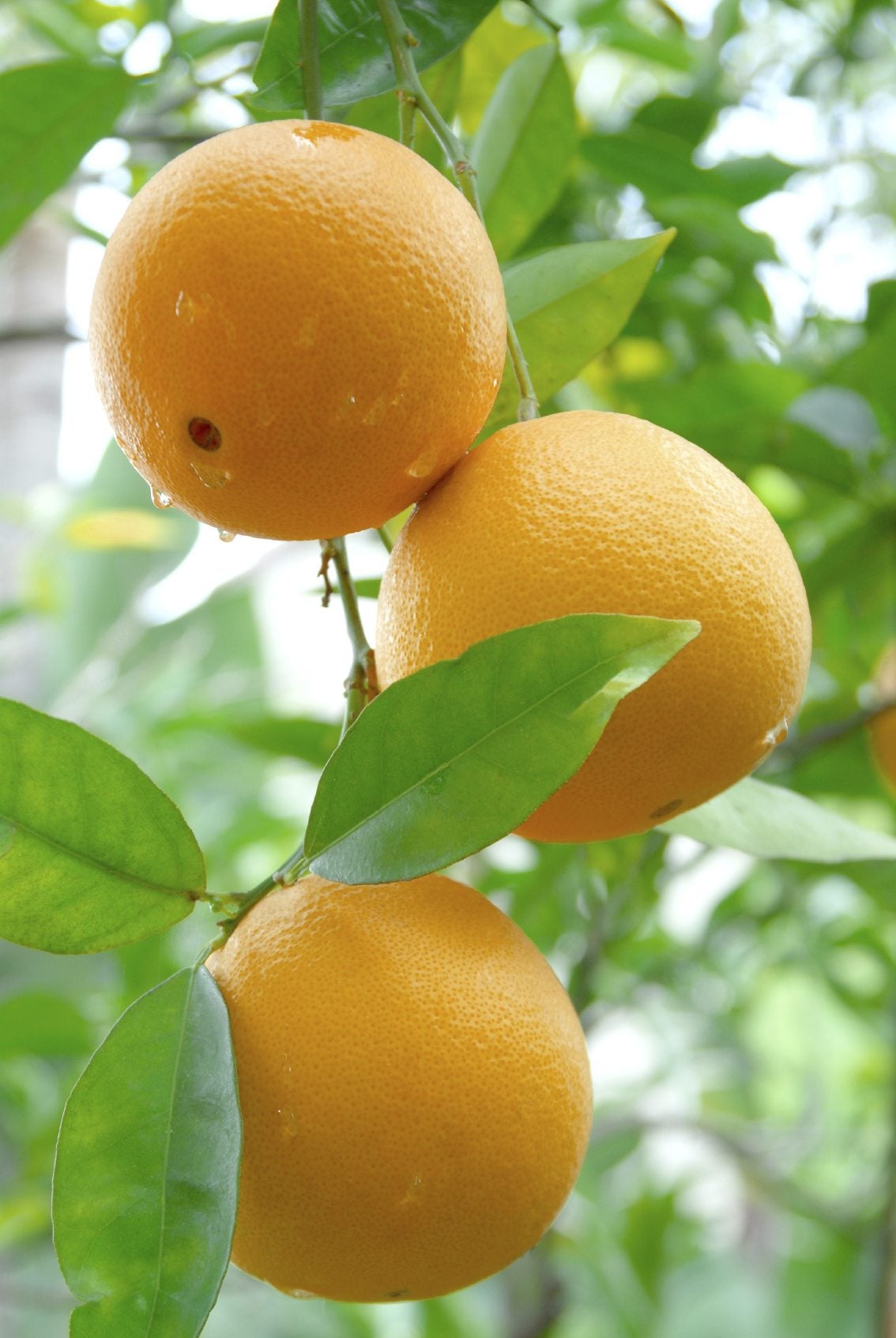
Varieties Of Orange Fruit: Learn About Different Types Of Oranges
Generally speaking, orange juice as we know it in North America comes from navel oranges. However, there are many types of oranges. Just how many orange varieties are there? Find out in this article. Click here for more info.
By Amy Grant
-
What Causes Citrus Flyspeck – Treating Symptoms Of Flyspeck Fungus
Growing citrus trees can be a great joy, providing a beautiful landscaping element, shade, screening, and, of course, delicious homegrown fruit. And there is nothing worse than going to harvest and finding they have been damaged by the flyspeck fungus. Learn more here.
By Mary Ellen Ellis
-
Tatter Leaf Virus Control: Learn About Treating Citrus Tatter Leaf Virus
Citrus tatter leaf virus (CTLV) is a serious disease that attacks citrus trees. Recognizing the symptoms and learning what causes citrus tatter leaf are the keys to tatter leaf virus control. Click here for more information on treating citrus tatter leaf symptoms.
By Amy Grant
-
Diplodia Citrus Rot – What Is Diplodia Stem-End Rot Of Citrus Trees
Diplodia stem-end rot of citrus is one of the most common post-harvest diseases. It is prevalent in Florida crops and elsewhere. Citrus stem-end rot can destroy valuable crops if not prevented by good after harvest care. Learn more in this article.
By Beverly Forehand
-
Thrips On Citrus Tree: Control Of Citrus Thrips
Home growers know citrus trees that bear delicious fruits are often prey to pest problems. Citrus thrips are one of the most common. Read this article to find out how to control these pests.
By Bonnie L. Grant
-
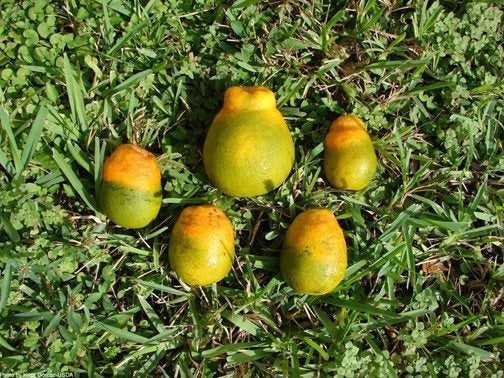
What Is Citrus Greening Disease: Saving Plants Affected By Citrus Greening
Do you know how to spot citrus greening disease symptoms? This disease is a serious problem for citrus trees. Read this article to learn more about this disease and how to treat it.
By Kristi Waterworth
-
What Is Oleocellosis? What Causes Spots On Citrus Fruit
Oleocellosis of citrus is not a disease but rather a phenomenon caused by mechanical injury that can occur any time during harvest, handling or marketing. The injury causes greenish/brown areas on the fruit’s peel. Learn more about it in this article.
By Amy Grant
